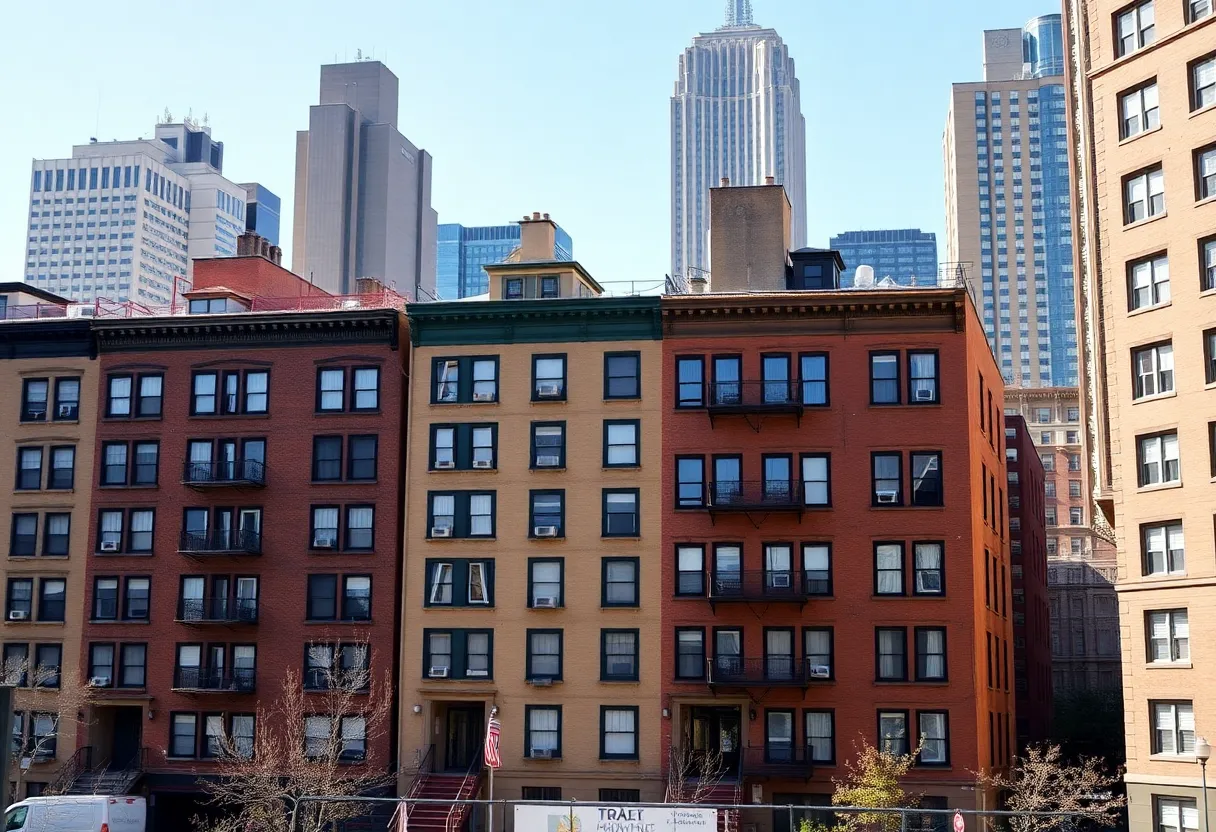News Summary
New York is addressing the affordable housing crisis with new legislation aimed at increasing transparency in the property insurance market. Introduced by Emérita Torres, the initiative targets rising insurance costs that hinder the development of affordable housing. With a goal of building 800,000 homes in the next decade, the legislation seeks to provide relief through annual reports and a relief fund for developers facing soaring insurance premiums. This response aims to protect low-income communities and ensure housing remains affordable amid challenging market conditions.
New York is tackling the crisis of affordable housing with a new legislative package aimed at increasing transparency in the property insurance market. The initiative, introduced by Emérita Torres, seeks to address soaring insurance costs that are significantly impacting the development of affordable housing across the state.
The goal of New York is clear: to build 800,000 new homes over the next decade to combat housing affordability. However, the challenge is daunting as nearly 1 in 5 affordable housing developers have reported having to pause their projects due to complications arising from insurance costs. Rising insurance premiums are now recognized as the fastest-growing operational expense for affordable housing, a situation that has been exacerbated by recent market trends.
From 2019 to 2023, the average insurance cost per affordable housing unit in New York City surged by 103%, escalating from $869 to $1,770. In some areas, such as the Bronx, insurance premiums for affordable housing units have even soared beyond $3,000 per unit. This troubling trend has compelled renters to allocate close to 25% of their rent solely to cover insurance costs. This scenario becomes even more critical considering that homeowners in the Bronx last year paid an average of $2,221 in property insurance, a staggering 49% higher than homeowners in similar low-risk counties.
Several insurance companies have exited the market for buildings utilizing Section 8 vouchers, further limiting options for low-income communities. This trend raises alarm bells regarding a form of modern-day redlining, where neighborhoods of low-income and racially diverse populations are denied insurance coverage, thus hindering their housing stability.
Insurance is often a vital requirement for lenders when providing mortgages or loans, yet the costs associated with insurance are frequently obscured within rental agreements. Owners of larger multifamily properties are particularly vulnerable, as they are often mandated to obtain excess liability coverage due to a lack of basic insurance options.
A significant factor in the rising insurance premiums has been the influence of climate change, which has caused natural disasters, such as storms and floods, to become more common. While policymakers have mainly cited climate change as the driving force behind premium increases, there has been a glaring absence of transparent data from insurers and regulators to substantiate these claims. The recent report from New York’s Department of Financial Services (DFS) failed to provide adequate information regarding issues related to property insurance, leaving stakeholders in the dark.
In response to these pressing challenges, Emérita Torres has outlined a legislative package designed to foster greater transparency and affordability in the property insurance market. Some cornerstone components of this proposed legislation include the requirement for the DFS and the Department of Homes and Community Renewal (HCR) to publish annual reports concerning property insurance metrics. The formation of a Statewide Housing Insurance Task Force is also part of the plan, aimed at engaging various stakeholders to evaluate market conditions thoroughly.
Additionally, the proposal outlines the establishment of a $50 million Excess Liability Insurance Relief Fund that would provide financial support to affordable housing developers grappling with rising insurance costs. Torres’s initiative reflects an understanding of the urgent need for reforms that ensure housing remains affordable and attainable for New Yorkers, particularly in the most affected communities.
As New York continues to grapple with its housing affordability crisis, the outcome of this legislative package could play a pivotal role in shaping the future of the state’s insurance market and its impact on affordable housing development.
Deeper Dive: News & Info About This Topic
- City and State NY: Opinion on Housing Affordability
- Wikipedia: Property Insurance
- Insurance Business: NY Pushes Transparency Bill
- Google Search: Housing Affordability New York
- NY Times: Health Care Price Transparency
- Google Scholar: Insurance Transparency New York
- NY Post: Opinion on Health Care Pricing Transparency
- Encyclopedia Britannica: Insurance Transparency
- Nixon Peabody: NY LLC Transparency Act
- Google News: Insurance Costs Affordable Housing New York

Author: STAFF HERE NEW YORK WRITER
The NEW YORK STAFF WRITER represents the experienced team at HERENewYork.com, your go-to source for actionable local news and information in New York, the five boroughs, and beyond. Specializing in "news you can use," we cover essential topics like product reviews for personal and business needs, local business directories, politics, real estate trends, neighborhood insights, and state news affecting the area—with deep expertise drawn from years of dedicated reporting and strong community input, including local press releases and business updates. We deliver top reporting on high-value events such as New York Fashion Week, Macy's Thanksgiving Day Parade, and Tribeca Film Festival. Our coverage extends to key organizations like the Greater New York Chamber of Commerce and United Way of New York, plus leading businesses in finance and media that power the local economy such as JPMorgan Chase, Goldman Sachs, and Bloomberg. As part of the broader HERE network, including HEREBuffalo.com, we provide comprehensive, credible insights into New York's dynamic landscape.





